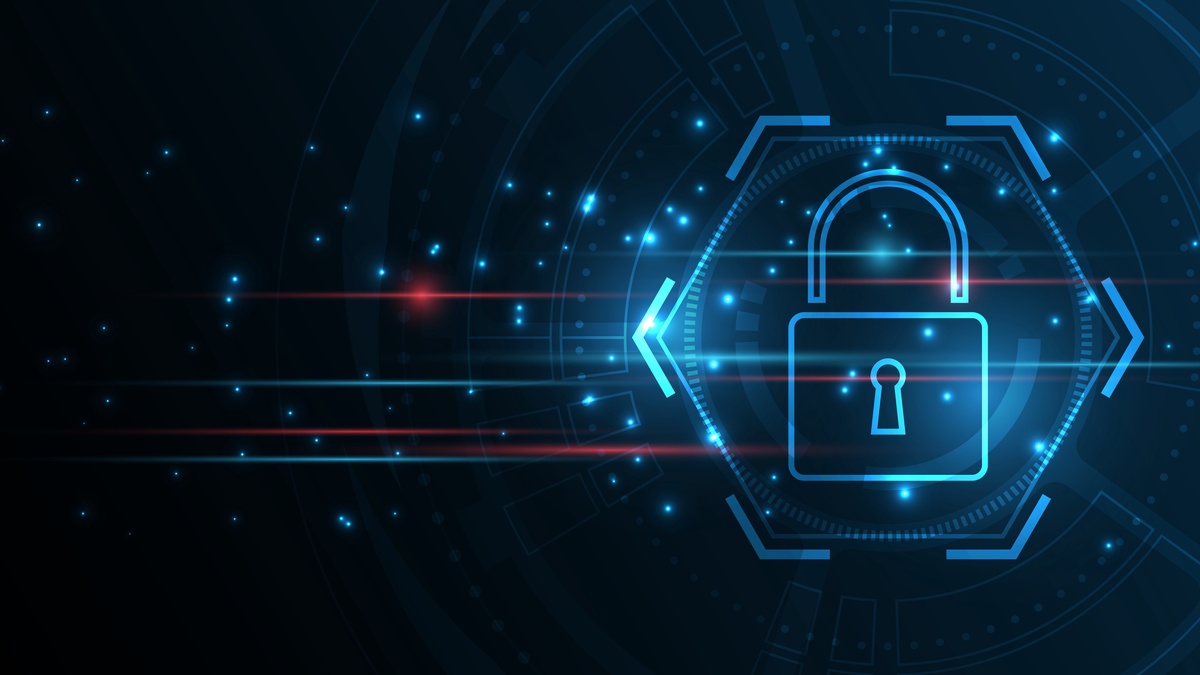In today's digital age, the threat of cyber attacks looms large over individuals, businesses, and governments alike. Cyber attacks come in various forms, each with its own tactics, techniques, and objectives. Understanding the different types of cyber attacks is crucial for developing effective cybersecurity strategies and mitigating risks. In this comprehensive guide, we delve into four common types of cyber attacks, exploring their characteristics, impacts, and preventive measures.
1. Malware Attacks:
Malware, short for malicious software, is a broad category of software programs designed to infiltrate, damage, or disrupt computer systems. Malware attacks can take many forms, including viruses, worms, Trojans, ransomware, and spyware. These malicious programs are often distributed through phishing emails, infected websites, or removable media, exploiting vulnerabilities in software or human behavior to gain unauthorized access to systems.
The impact of malware attacks can be devastating, resulting in data loss, financial losses, system downtime, and reputational damage. Ransomware attacks, in particular, have emerged as a significant threat, encrypting files and demanding payment for their release. To mitigate the risk of malware attacks, organizations should implement robust cybersecurity measures, such as regular software updates, antivirus software, email filtering, and employee training on recognizing and avoiding suspicious links and attachments.
2. Phishing Attacks:
Phishing attacks are a type of social engineering attack that involves tricking individuals into divulging sensitive information, such as passwords, credit card numbers, or personal data. Phishing attacks typically occur through email, instant messaging, or fraudulent websites impersonating legitimate entities, such as banks, government agencies, or reputable organizations. Cybercriminals use various tactics to lure victims into clicking on malicious links, downloading malware, or providing confidential information under false pretenses.
Phishing attacks can have serious consequences, including identity theft, financial fraud, and unauthorized access to sensitive accounts. To protect against phishing attacks, individuals and organizations should be vigilant and skeptical of unsolicited communications, carefully scrutinizing sender addresses, URLs, and requests for personal information. Additionally, cybersecurity awareness training can educate users on phishing techniques and best practices for avoiding falling victim to these deceptive schemes.
3. Denial-of-Service (DoS) Attacks:
Denial-of-Service (DoS) attacks are designed to disrupt or impair the availability of online services by overwhelming target systems with a flood of traffic or requests. DoS attacks can take various forms, including volumetric attacks, which flood networks with massive amounts of data traffic, and application layer attacks, which target specific software vulnerabilities or server resources. Distributed Denial-of-Service (DDoS) attacks, conducted using a network of compromised computers (botnets), are particularly effective at amplifying the impact of DoS attacks.
The consequences of DoS attacks can be severe, resulting in website downtime, network congestion, and financial losses due to disrupted business operations. To defend against DoS attacks, organizations should implement robust network security measures, such as firewalls, intrusion detection systems, and DoS mitigation tools. Additionally, implementing content delivery networks (CDNs) and load balancers can help distribute traffic and mitigate the impact of DoS attacks on critical infrastructure.
4. Insider Threats:
Insider threats refer to cybersecurity risks posed by individuals within an organization who misuse their privileged access to compromise systems, steal sensitive data, or disrupt operations. Insider threats can take various forms, including malicious insiders who intentionally abuse their access for personal gain, negligent insiders who inadvertently expose sensitive information through careless actions, and compromised insiders whose credentials are exploited by external attackers.
Insider threats can have significant consequences, including data breaches, intellectual property theft, and reputational damage to organizations. To mitigate the risk of insider threats, organizations should implement robust access controls, least privilege principles, and monitoring systems to detect anomalous behavior and unauthorized activities. Additionally, employee training and awareness programs can educate staff about the importance of cybersecurity hygiene and the potential consequences of insider threats.
In conclusion, cyber attacks pose a significant and evolving threat to individuals, businesses, and governments worldwide. By understanding the different types of cyber attacks and implementing appropriate cybersecurity measures, organizations can better protect themselves against these threats and mitigate the potential impact on their operations, finances, and reputation. Through a combination of technology, education, and vigilance, we can collectively defend against cyber attacks and safeguard the digital world for future generations.
How to protect against cyber attacks
Combating cyberattacks requires joint efforts between individuals, organizations and cybersecurity companies. By investing in cybersecurity and connecting with the right cybersecurity company, individuals and organizations can enhance their digital protection and effectively reduce cyber threats. Therefore, do not hesitate to contact the cybersecurity company today to enhance your security and the safety of your data in the complex digital world and one of the most important ways to protect against cyberattacks.
- Regularly update software and systems to plug security vulnerabilities and enhance resistance against attacks.
- Use strong passwords and identity verification to prevent unauthorized access.
- Implement cybersecurity tools such as firewalls and antivirus software to detect and prevent malware.
- Enhancing employees’ cyber awareness through periodic training and guidance on cybersecurity practices.
- Contact a cybersecurity company: A cybersecurity company can provide a comprehensive security assessment to identify gaps and vulnerabilities in systems and make recommendations to enhance security, customized solutions such as advanced malware protection, security monitoring, and threat checking , Provides ongoing technical support and emergency response assistance to help customers deal with cyber attacks effectively.


No comments yet